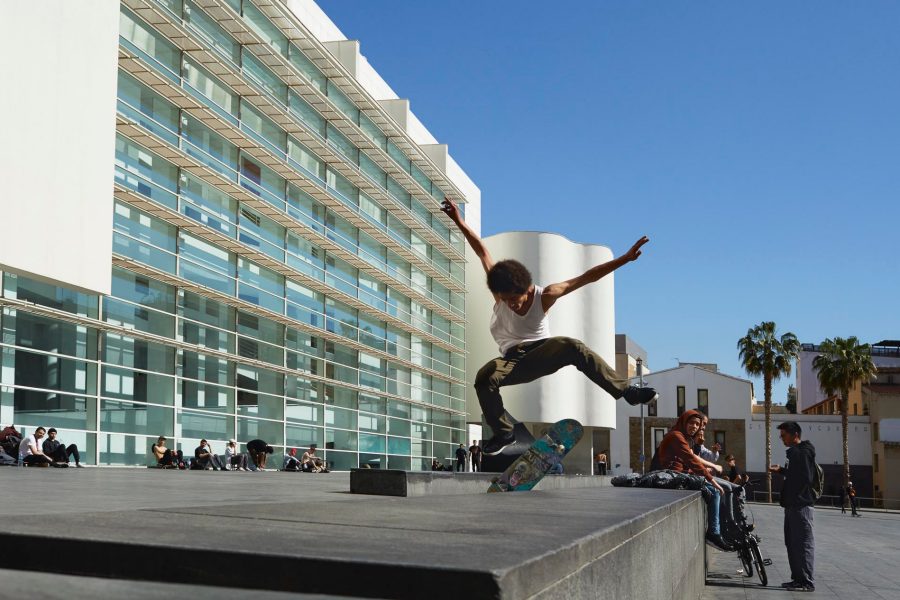It surprised everyone when celebrity chef Carles Abellán pulled the shutters down on his Michelin-starred restaurant in Barcelona’s chic Born area and moved operations over to the Raval – formerly known as Barrio Chino (Chinatown) – long viewed as the pariah neighbourhood of Barcelona’s Old City.
‘To be honest I was talked into it during a slightly drunken lunch,’ he laughs. ‘I was initially a bit sceptical. This was a few years ago, and I was put off by the poverty, the prostitutes, the down-and-outs. I wasn’t sure anyone would come.’
But he was persuaded by the residual affection he holds for his nights spent there back when he and his student pals would hang out in the long-disappeared cabaret cafes and sailors’ bars, buying their rocker garb from the cultish second-hand shops that are still a feature of these streets.
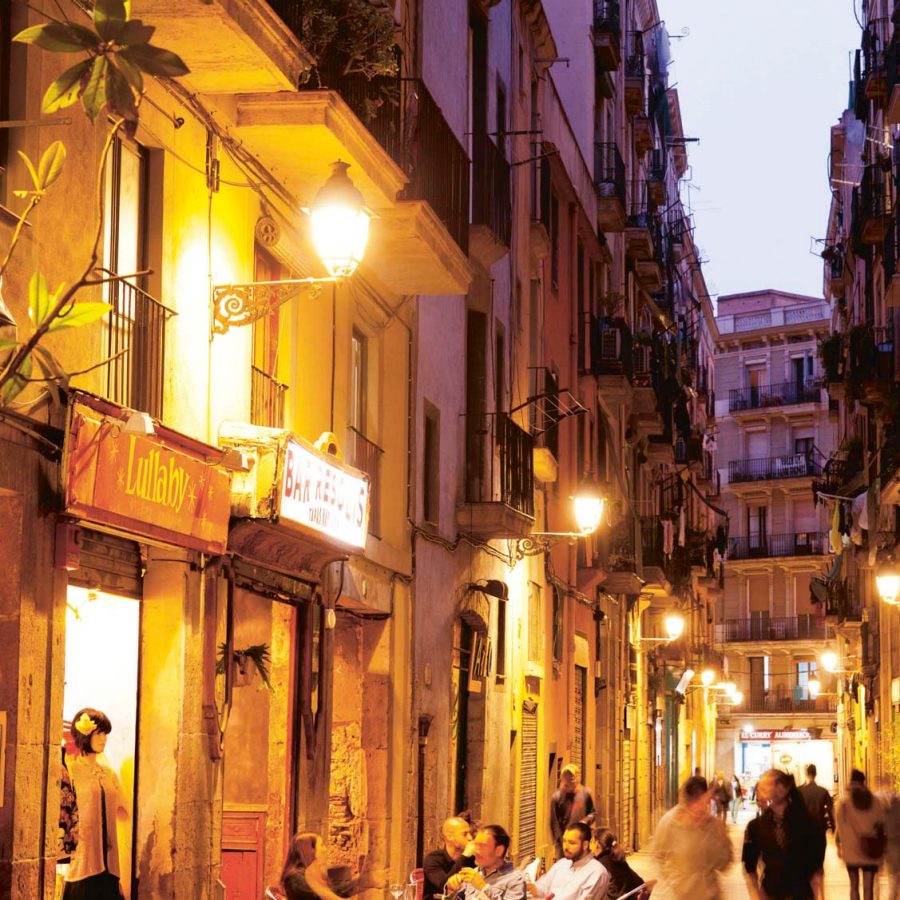
Credit: Gunnar Knechtel/laif/IC
The Raval’s slightly grimy appeal is rooted in history. For centuries, it was outside the city walls, marginalised both geographically and socially. From abattoirs to hospitals for the poor, any kind of insalubrious endeavour that the wealthier citizens didn’t want on their doorsteps was exiled to the far side of La Rambla and conveniently forgotten about. As the city walls came down, an invisible frontier was still palpable, right through the first half of the 20th century when the Raval took on the underworld feel it has only recently lost.
It was in that period that Jean Genet wrote his book The Thief’s Journal, an account of his life on the streets among the felons and drug addicts of the Barrio Chino (‘Chinatown’ – a name given to the lower half of the Raval by a journalist who compared its seedy goings-on to those in the San Francisco area of the same name). Bar a handful of streets named after its most famous anarchists and ne’er-do-wells, there is nowadays little evidence of Genet’s Raval, however. Today, Barcelona’s Chinatown is arguably its coolest district.
For Gemma Solsona, a psychologist who lives down by the glorious 14th-century Gothic shipyards (‘drassanes’), the biggest change came when La Filmoteca – the Catalan government-run art-house cinema – was transplanted to the district. ‘They knocked down a lot of buildings, and cleaned up the streets around it, got rid of the prostitutes and lowlife,’ she says. ‘That attracted a lot of new businesses, as did the cinema itself, with all the filmgoers wandering about looking for somewhere to have a tapa and a beer. Suddenly there were bars and restaurants for the sort of people who previously wouldn’t have ventured into the Raval, but now it’s seen as cool.’
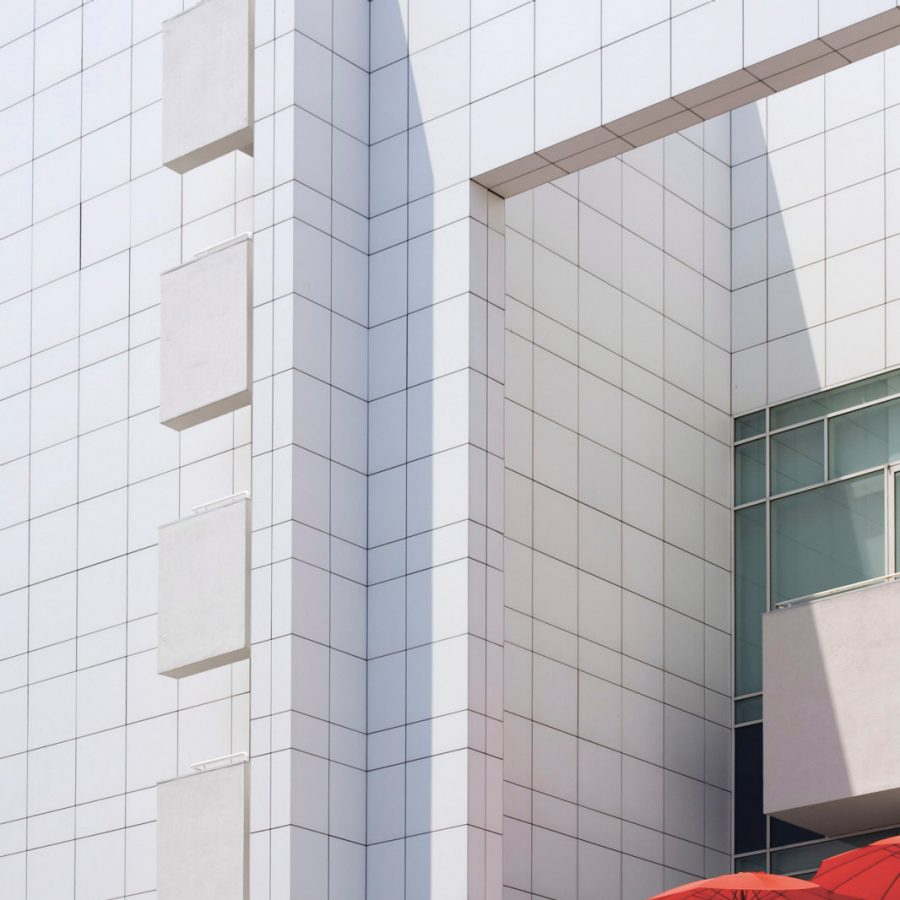
Credit: David Clapp / robertharding / Getty Images
La Filmoteca was just the latest in a series of developments that slowly transformed Barcelona’s Chinatown. The huge former almshouse became a gleaming arts centre and exhibition space, the CCCB; what was once its main hospital now houses a library, the Institute of Catalan Studies and a leafy courtyard cafe; and the former convent of Sant Josep (St Joseph) gave way to the colourful and clamorous Boqueria food market. The sleazy port area, once patrolled by ladies of the night looking out for drunken sailors, is now best known for its splendid Maritime Museum.
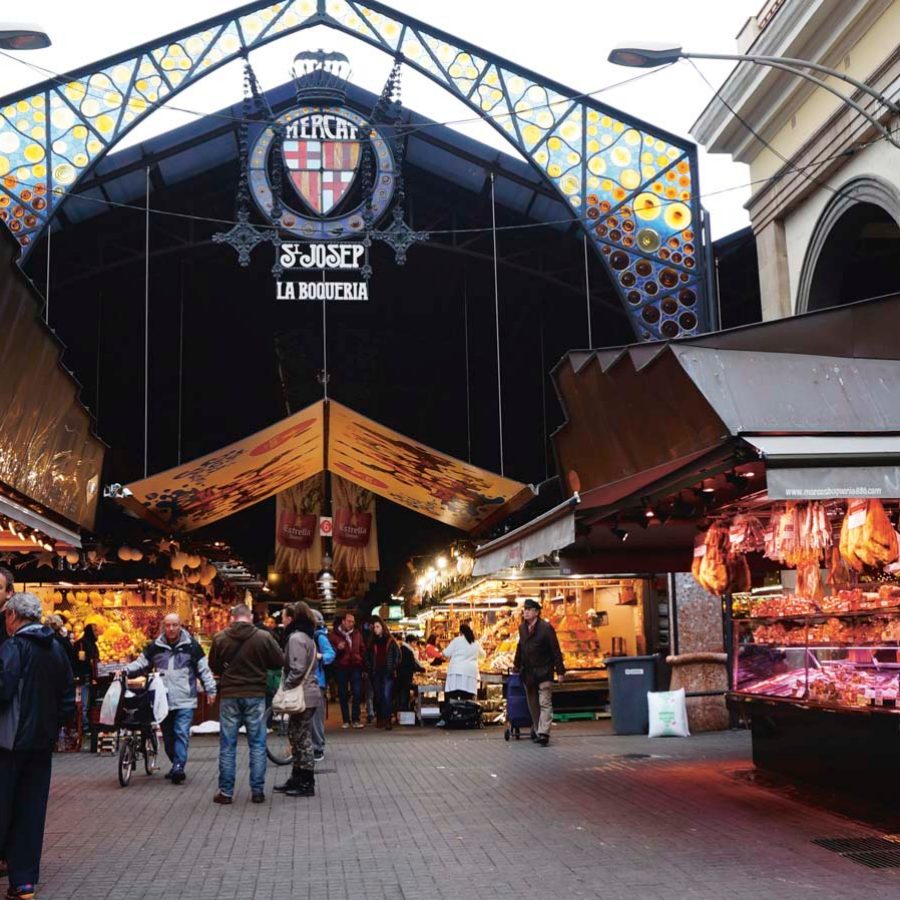
Credit: Tan Yang Song/Shutterstock
The makeover of the Raval followed, to a large extent, the sprucing up of the city as a whole, especially around the time of the 1992 Olympic Games, when Barcelona was transformed almost beyond recognition, but three events were to change the flavour of this area in particular. The first of them was the creation in the upper part of the Raval of the Museu Contemporani d’Art de Barcelona (MACBA), a shimmering white monolith designed by American architect Richard Meier to house the city’s collection of modern art. This part of the neighbourhood swiftly filled with bars and restaurants befitting its new cultural beacon, and quirky little boutiques and art galleries were soon to follow.
The next turnaround in Chinatown’s fortunes came a few years later when bulldozers drove a long swathe through the heart of its cramped mesh of streets as part of a plan known as Raval obert al cel (‘Raval open to the sky’). This created the Rambla del Raval, a tree-lined boulevard beloved of dog-walkers and the local Pakistani community – who gather here on summer evenings to play cricket – and families, whose children scramble over Fernando Botero’s enormous, chubby Cat sculpture while their parents drink at one of the cafe terraces nearby. The space has also become a popular stage for concerts and performances during the city’s festivals, and is home to an occasional Sunday market of hand-stitched clothes and Moroccan tea stalls.
It was on the Rambla del Raval that Abellán chose to open his restaurant Suculent, swiftly followed by the less formal La Taverna del Suculent next door. ‘I have no regrets,’ he says. ‘It hasn’t always been easy, but it works. Maybe people are attracted to the counterpoint of a high-quality restaurant in a slightly shabby area. We’ve got parking next door so uptown types can dip in for a taste of an edgier neighbourhood. Not that it’s a dangerous place, but it still has an essence of the authentic, real Barcelona to it. They like that it’s a bit scruffy. It’s fun.’
But some residents enjoy the neighbourhood more for what it has always been. ‘I don’t think it’s all that different,’ says Graham Parker, a sound technician who moved to Barcelona’s Chinatown 15 years ago. ‘There’s a bit of overflow from Sant Antoni and a few hipster bars, but the attempts to pull in tourist trade – like the juice shops – tend to fall a bit flat.
This is still a place where ordinary people continue to live. It’s nice that we have a few more restaurant options now, but you can still find a place to get a puncture repaired or a shoe reheeled.’
And this, according to Abellán, is what makes Barcelona’s Chinatown so endearing. ‘There are beautiful old buildings and it’s close to both La Rambla and the sea,’ he says, ‘so of course there’s going to be gentrification – it was just a matter of time. But no matter how many entrepreneurs and foreign investors set up shop here, they will never truly rub out the spirit of the Raval. It’s the old rogue of Barcelona.’
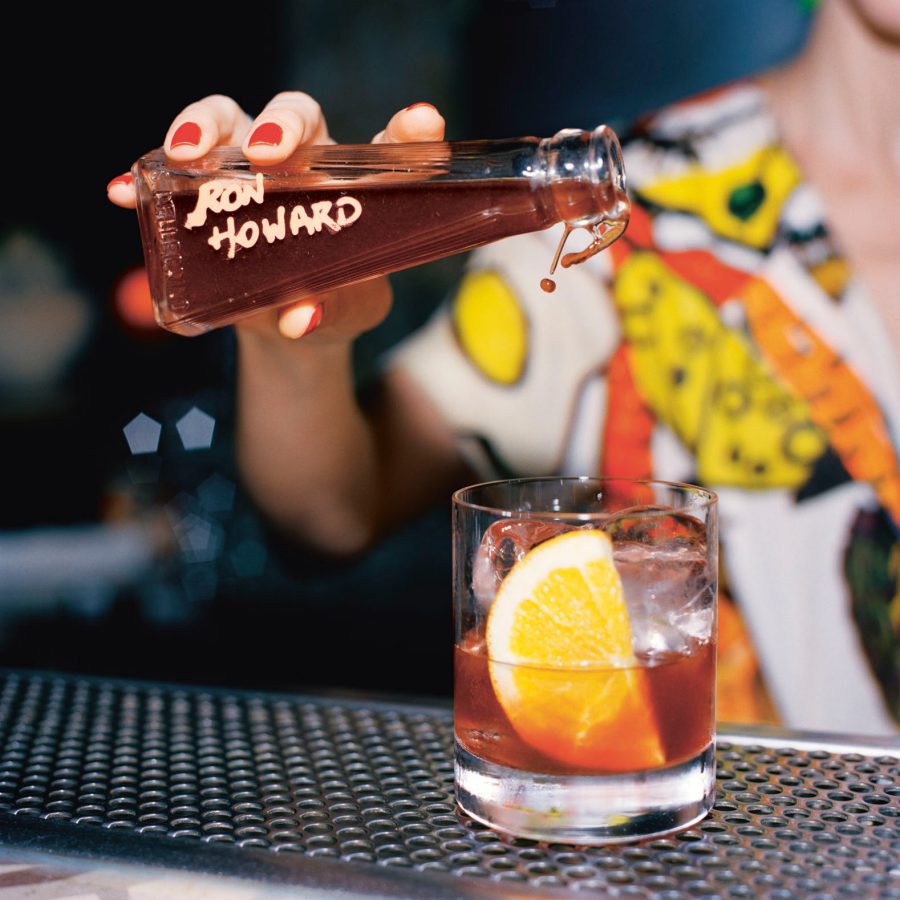
Credit: Mariano Herrera
The Raval's hit list
STAY
Barceló Raval
This cylindrical beacon lights up the Rambla del Raval, a tree-lined boulevard, and offers guests striking views from its rooftop pool. barcelo.com
Casa Camper
Smart and hugely fun, this hotel is loved for its free, 24-hour snack bar, rooftop shower for cooling down and great service. casacamper.com
EAT
Suculent
Serving Catalan food with a creative twist, Suculent and the adjacent La Taverna del Suculent are overseen by superchef Carles Abellán. suculent.com
Casa Leopoldo
Casa Leopoldo has been doling out seafood since 1929 and, despite a recent makeover, has changed little since.
DRINK
Casa Almirall
One of the oldest in the city, this glorious bar is worth visiting for its Modernista (art nouveau) woodwork alone. casaalmirall.com
La Confiteria
A former sweetshop, dating back to 1912, La Confiteria has kept many of its original features and is a great spot for a drink. confiteria.cat
SEE
Barcelona Museum of Contemporary Art (MACBA)
The city’s modern art museum holds a mix of Catalan and international art, with frequently changing exhibitions. macba.cat
Museu Marítim
The former shipyards, featuring Gothic architecture, now house the Maritime Museum, a must for those with nautical interests. mmb.cat
Hero image: Mariano Herrera
Barcelona travel information
- China – the Chinese Mainland, Hong Kong SAR, Macao SAR and Taiwan Region
- Hong Kong SAR - English
- Chinese Mainland (China) - English
- Taiwan, China - English
- 香港特別行政區 - 繁體中文
- 中国內地 - 简体中文
- 中國台灣 - 繁體中文
- Africa
- South Africa - English
- Asia
- Bangladesh - English
- Korea - English
- Singapore - English
- Cambodia - English
- 한국 - 한국어
- Sri Lanka - English
- India - English
- Malaysia - English
- Thailand - English
- Indonesia - English
- Maldives - English
- ประเทศไทย - ภาษาไทย
- Indonesia - Bahasa Indonesia
- Myanmar - English
- Vietnam - English
- Japan - English
- Nepal - English
- Việt Nam - tiếng Việt
- 日本 - 日本語
- Philippines - English
- Australasia
- Australia - English
- New Zealand - English
- Europe
- Belgium - English
- France - Français
- Россия - Русский
- Denmark - English
- Ireland - English
- Schweiz - Deutsch
- Deutschland - Deutsch
- Italia - Italiano
- United Kingdom - English
- España - Español
- Nederland - Nederlands
- Middle East
- Bahrain - English
- Saudi Arabia - English
- United Arab Emirates and Qatar - English
- Israel - English
